In the race toward sustainable urban transportation, solar-powered vehicles are emerging as a beacon of innovation. Designers and engineers are reimagining mobility, merging renewable energy with sleek, functional design to tackle congestion, emissions, and convenience all at once. From nimble scooters to larger vehicles, solar integration is proving that green technology can be both practical and visually compelling.
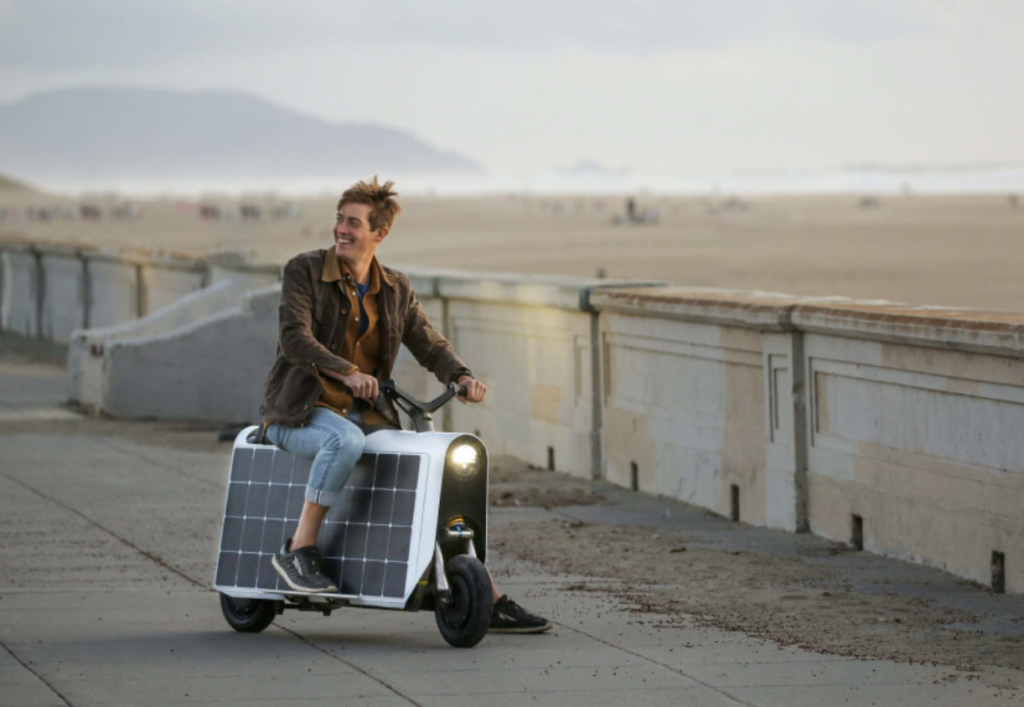
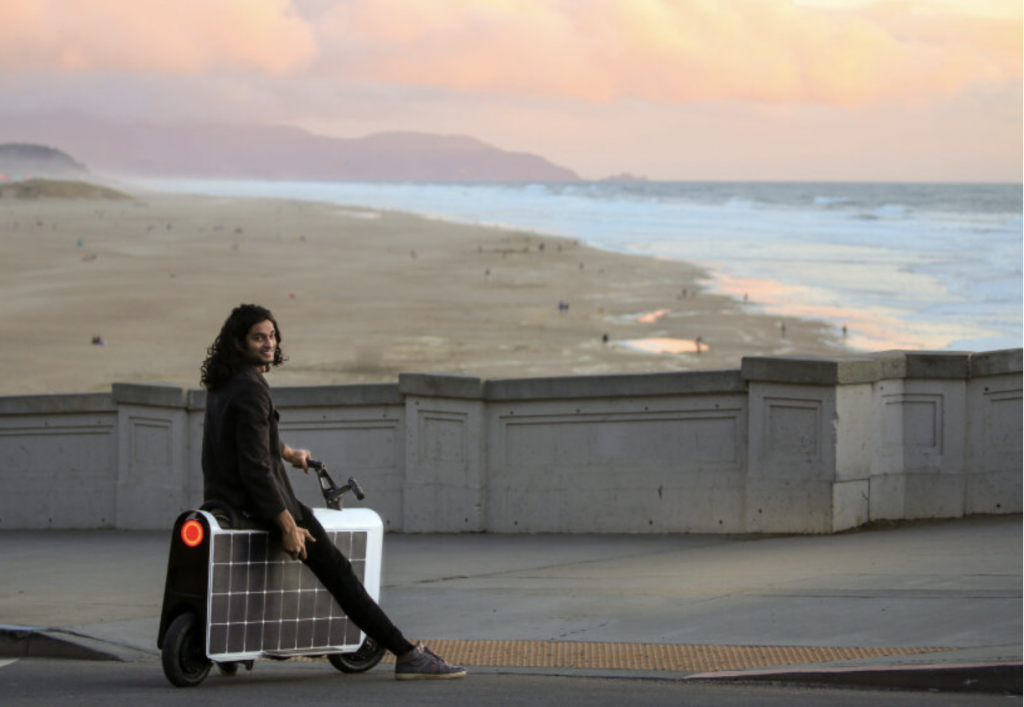
Lightfoot by Otherlab (also header image)
Developed by Otherlab, Lightfoot is a solar-powered electric cargo scooter that combines compact design with impressive functionality. This scooter features two sizable solar panels mounted on either side, serving the dual purpose of generating extra energy and forming the doors for a lockable, weatherproof storage compartment. Lightfoot can carry up to 15 kilograms, enough for groceries, a work bag, a helmet, or even a carry-on suitcase, demonstrating that urban mobility doesn’t have to compromise on practicality.
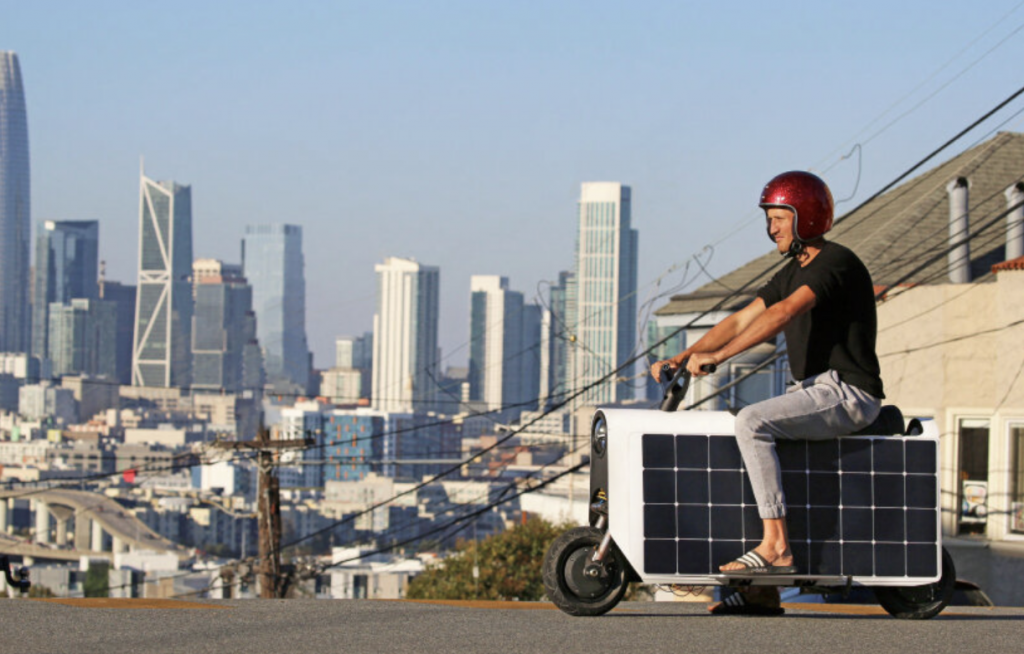
Lightfoot by Otherlab
What sets Lightfoot apart from traditional scooters is its simplicity. Riders won’t find a clutch, gears, or pedals here. Instead, the scooter operates with a user-friendly twist-and-go throttle and two 750-watt brushless DC motors delivering up to 90 Newton-meters of peak torque. Complemented by a 48-volt, 1.1 kWh battery, it can travel up to 37 miles on a single charge. The solar panels add a clever twist: during sunny days, they contribute an extra 18 miles of range, and even while parked, the scooter recharges itself with three miles of power for each hour of sunlight.


Lightfoot by Otherlab
Beyond the numbers, Lightfoot represents a smart marriage of form and function. By integrating solar panels into the very architecture of the cargo scooter, Otherlab has created a vehicle that is simultaneously efficient, environmentally friendly, and visually distinctive. It is an example of how thoughtful design can make sustainable technology appealing, intuitive, and surprisingly versatile for urban commuters.
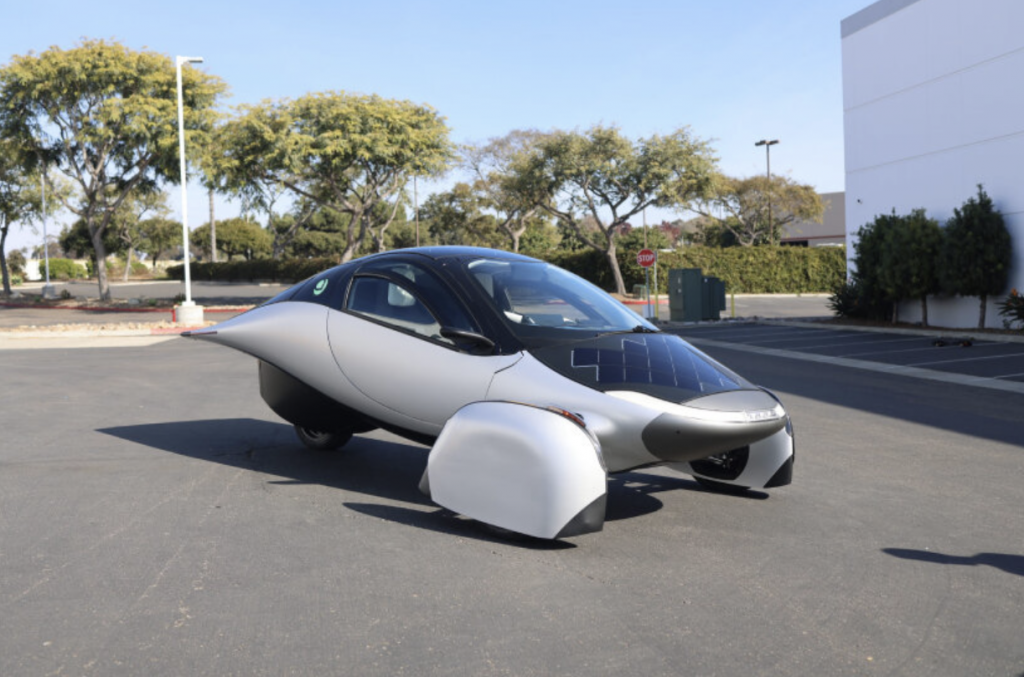
Aptera
If Lightfoot is nimble and functional, Aptera’s solar electric car takes the concept of solar mobility to a whole new scale. Revealed at CES 2025 in Las Vegas, this three-wheeled vehicle showcases solar panels covering its hood, roof, hatch, and dashboard, offering up to 40 miles of daily sunlight-powered driving. For those living in sunny climates, this translates to over 10,000 hybrid miles a year, reducing dependency on charging stations and making long drives more feasible and environmentally conscious.

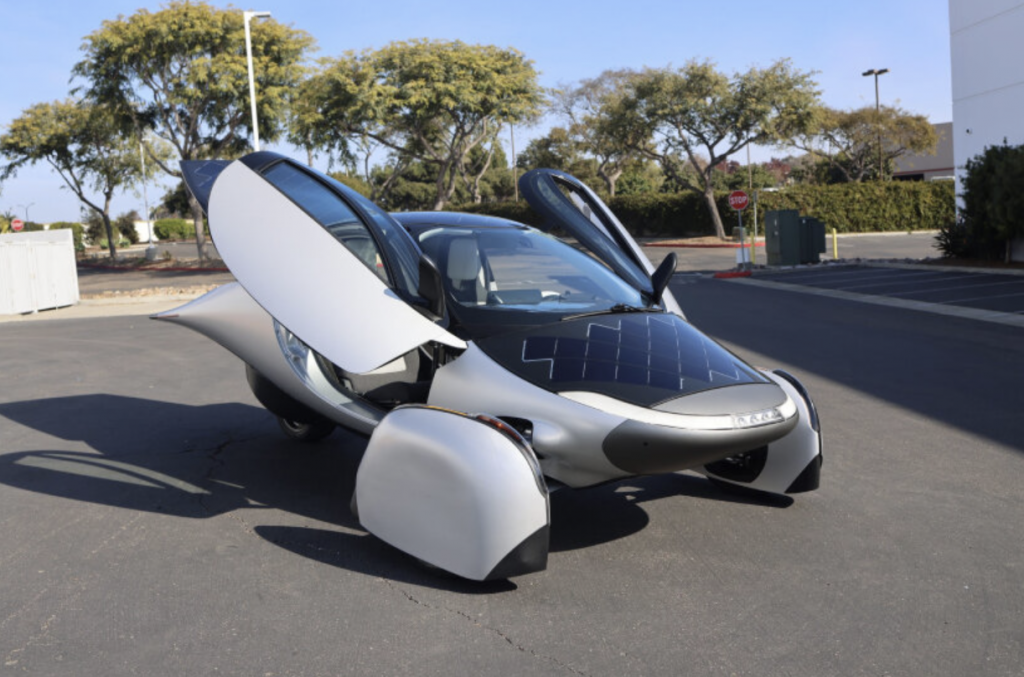
Aptera
The production-ready Aptera is more than just a concept. It has undergone drive tests and aerodynamic optimization in Pininfarina’s wind tunnel, ensuring that its lightweight carbon fiber body performs efficiently on the road. Its three wheels are cleverly hidden under movable compartments for easy maintenance, while upward-flapping doors and a spacious trunk create an unexpectedly practical interior. Even the lighting design is innovative, with boxy LED headlamps that enhance visibility without compromising the car’s futuristic aesthetics.
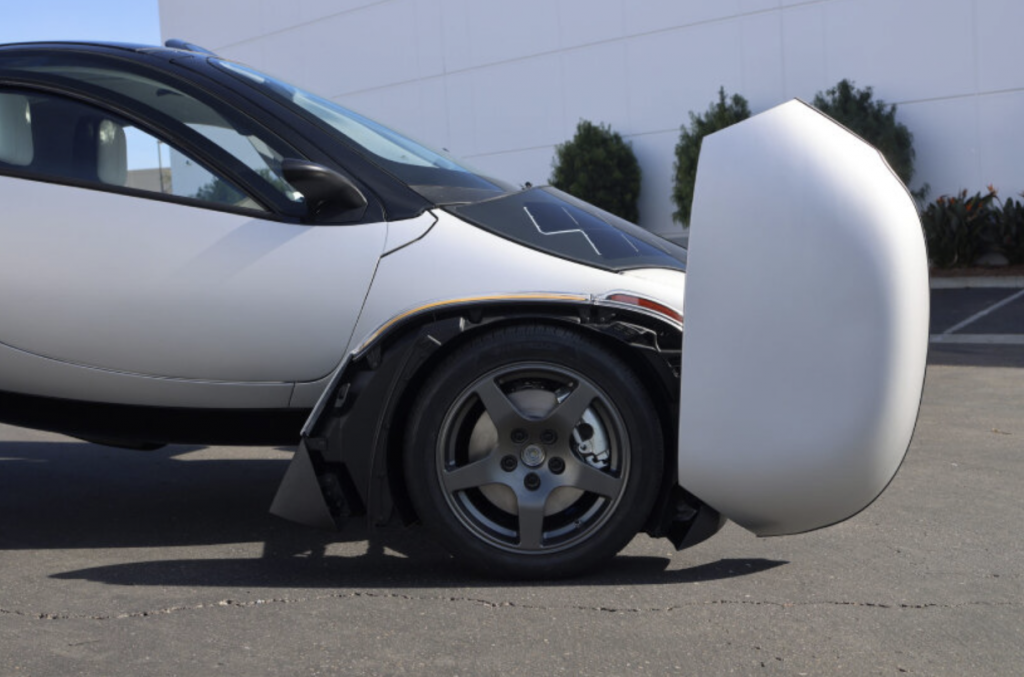

Aptera
Inside, Aptera continues to surprise. The U-shaped steering wheel, reminiscent of a smiling face, sits beside a medium-sized infotainment screen, and storage solutions are cleverly integrated around the cabin. The attention to user experience is clear: solar technology is married seamlessly with comfort, ergonomics, and design flair. Aptera proves that going green doesn’t mean sacrificing style or performance, making it a compelling vision for the future of solar mobility.

Stella Vita by Solar Team Eindhoven
Moving beyond city streets and highways, Solar Team Eindhoven has designed Stella Vita, the world’s first solar-powered mobile home. Crafted by a team of 22 students from Eindhoven University of Technology, this vehicle generates enough energy to support both travel and living needs, including cooking, coffee, and even showers. Its innovative roof panels unfold into a wing shape, doubling the solar surface to 17.5 square meters and enabling a travel range of up to 730 kilometers on a sunny day. Even on cloudy days, the motorhome can cover around 600 kilometers.
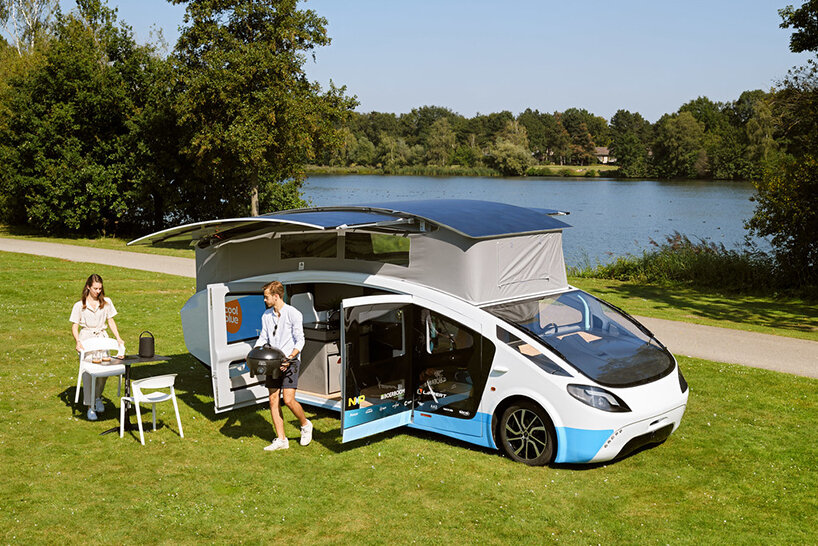
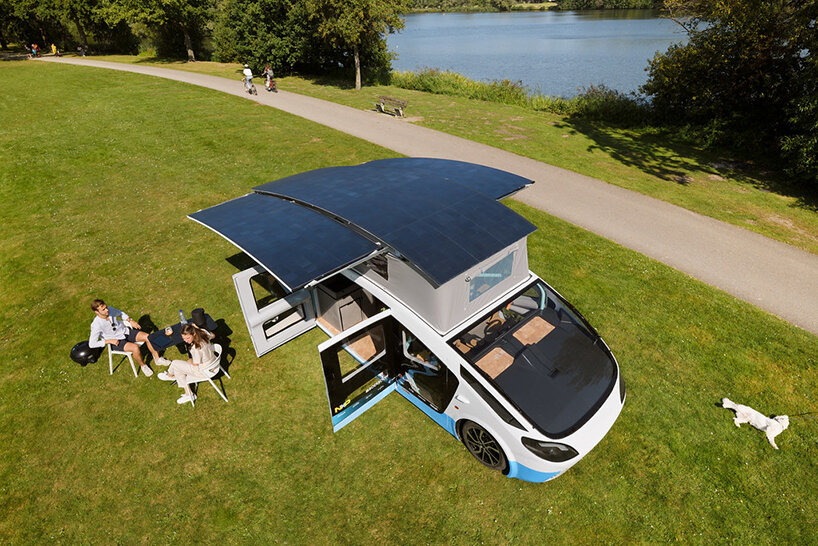
Stella Vita by Solar Team Eindhoven
Stella Vita is more than just a sustainable vehicle; it is a platform for energy awareness. An integrated infotainment system shows users exactly how much energy remains and what options they have for utilizing it. From charging a laptop to watching TV, the mobile home encourages conscious consumption, turning a simple road trip into a lesson in efficiency. The roof also extends a covered living space, blending functionality with the freedom of mobility.
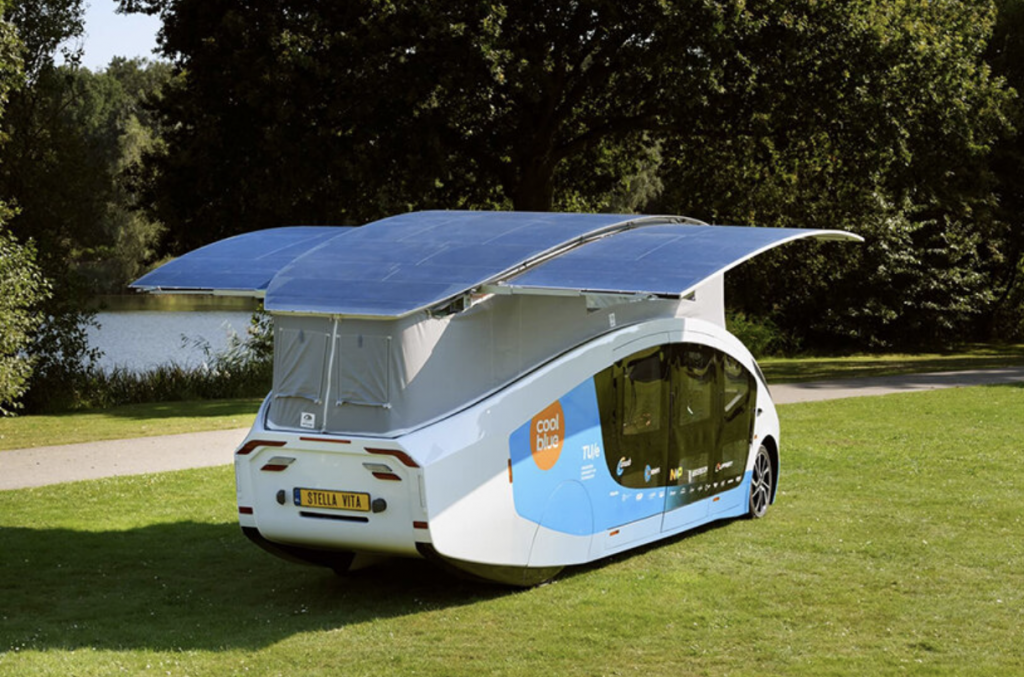

Stella Vita by Solar Team Eindhoven
To demonstrate the potential of solar-powered travel, the team planned a long journey from Eindhoven to Andalucía, showcasing that life on the road can be entirely solar-powered. According to Kjell Revenberg, the team manager, these students represent the next generation of designers who can accelerate the transition to a more sustainable future. Stella Vita proves that solar innovation is not confined to small vehicles or concept cars, it can redefine how we live, work, and explore on the move.
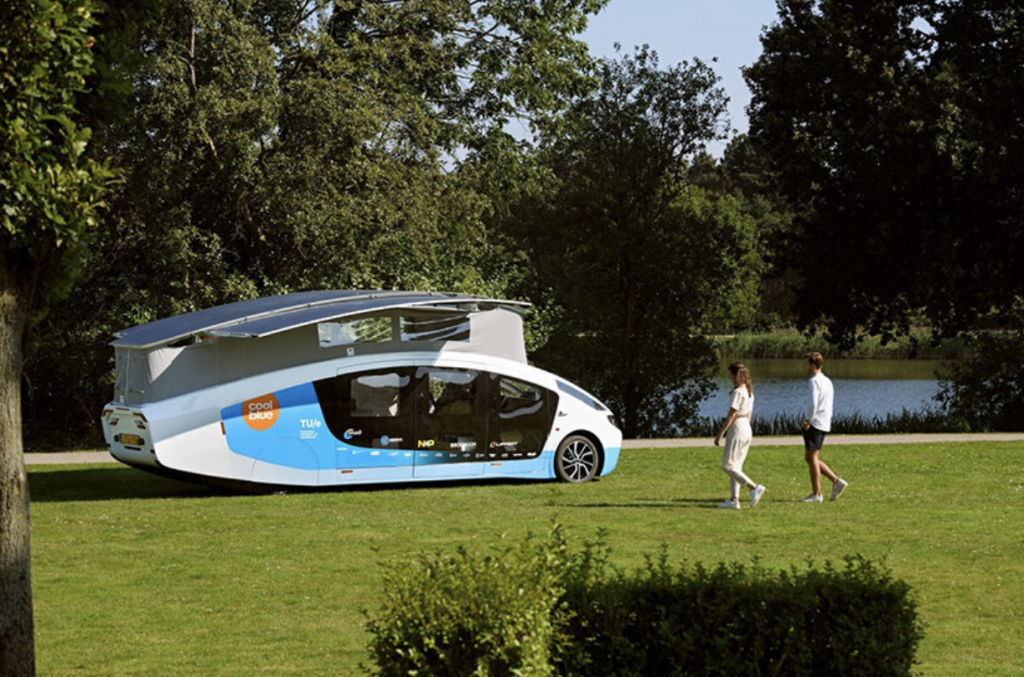
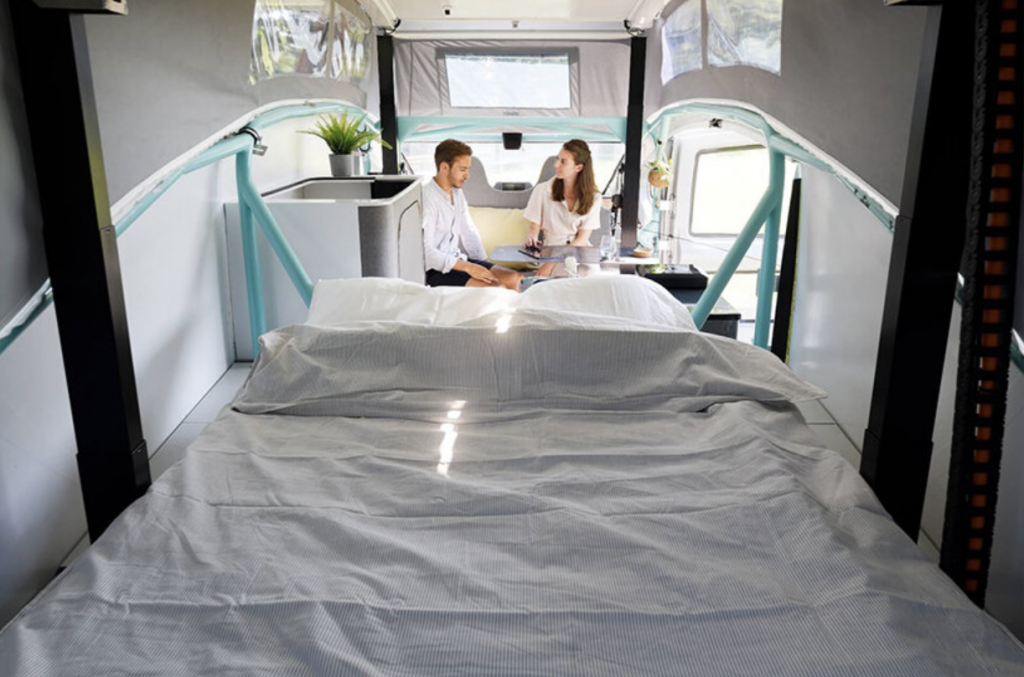
Stella Vita by Solar Team Eindhoven